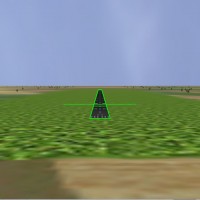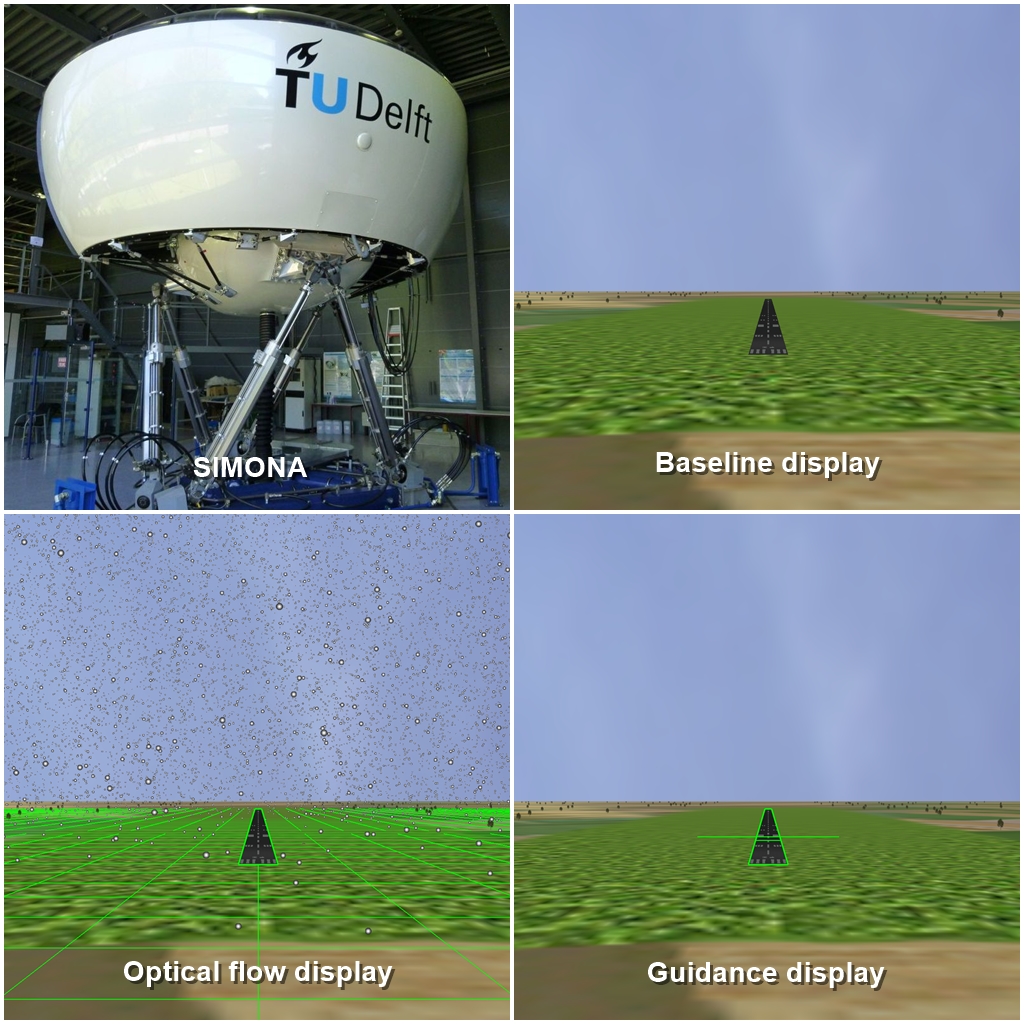Proving enhanced training effectiveness by going beyond realism in training simulators.
Currently, pilots conduct a major part of their flight training in ground-based simulators. The main reasons for this are the inherently safe training environment, the increased efficiency in the repeated execution of certain maneuvers, and the reduced costs offered by ground-based simulators compared to in-flight training. While most flight simulators used for training strive to approximate the real aircraft as closely as possible, it is well-known that for learning new augmented feedbacks, which show the person being trained how the task is to be performed, can greatly improve training effectiveness and reduce required training times. For pilot training, examples of augmented feedbacks that have the potential to yield enhanced simulator-based training of pilots’ manual flying skills, are synthetic vision aids (display augmentation) and haptic feedback (manipulator augmentation) systems.
The goal of project is to develop synthetic vision and haptic feedback aids that help pilots in learning to perform critical manual flying tasks, such as the manual landing flare. For the landing flare, both such synthetic vision and haptic feedback aids have been developed in this project. To verify the quality of ab initio simulator-based manual flare training with added synthetic visual and haptic feedback with traditional flare training without these augmented feedbacks, quasi-transfer-of-training experiments with task-naive participants were performed in the SIMONA Research Simulator.
Future work will include experiments to verify the effectiveness of similar training augmentation for recurrent training (experienced pilots), as well as the development of similar training aids for other critical flight maneuvers (e.g., stall recovery).



